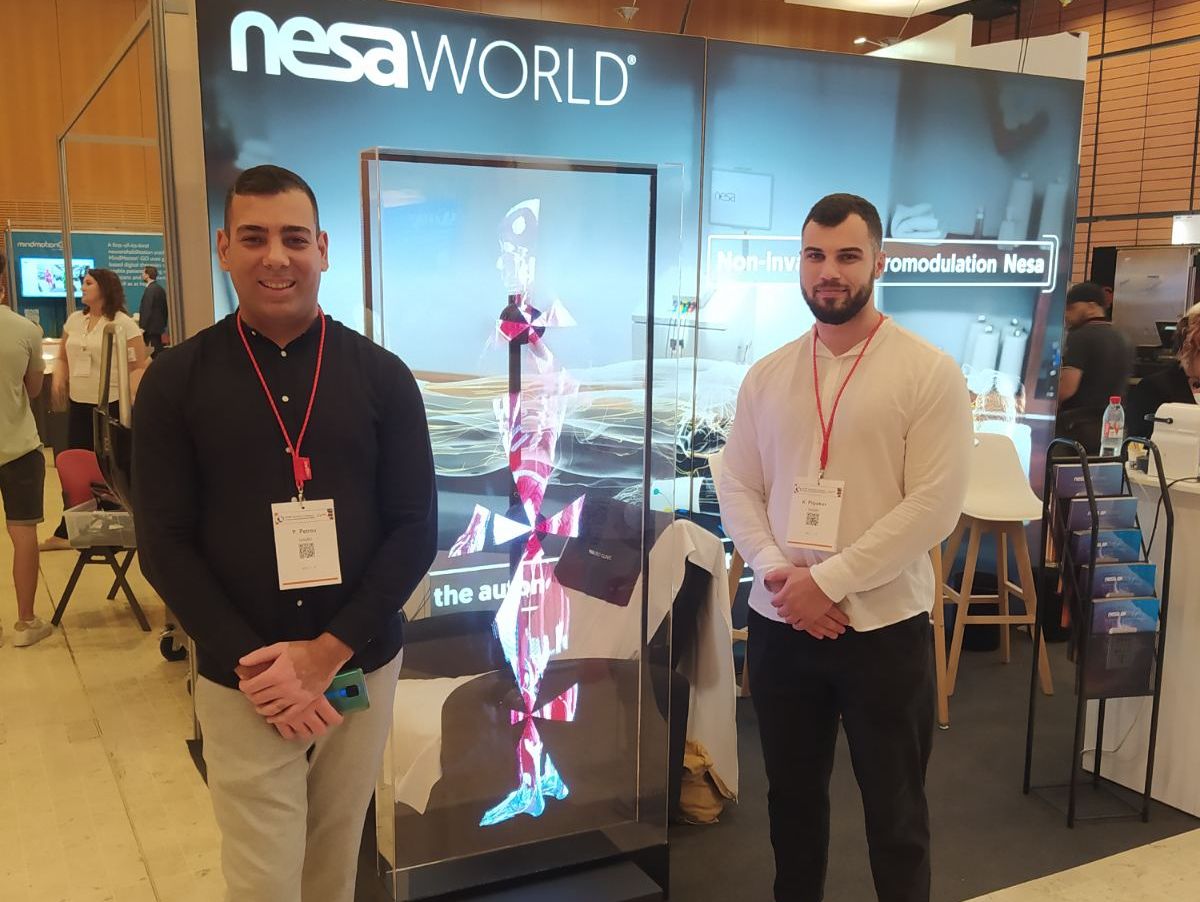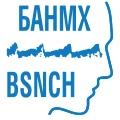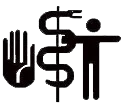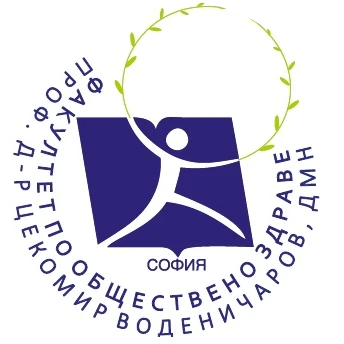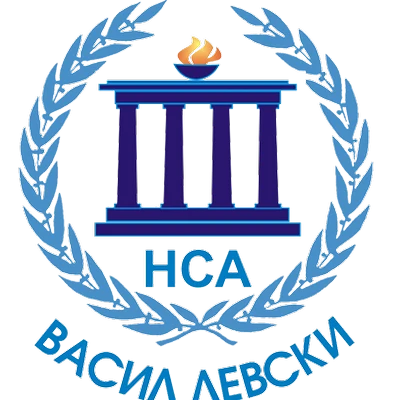Are stiff extremities a judgment? Spasticity as a problem in many neurological diseases is a topic that was covered in detail at the Neurorehabilitation Congress in Lyon, France. Serious attention was paid to the pathophysiology of spasticity and a classification of spasticity according to its location.
Valid clinical scales for the study of spasticity are validated and complications of spasticity are discussed.
Methods for reduction of spasticity, prevention of complications and treatment depending on the specific neurological diseases were commented.
The clinical definition of spasticity is increased muscle tone with the presence of increased tendon and supraosseous reflexes in patients who are at rest. The definition of disabling spasticity is spasticity that is perceived as interfering with body functions, performance of activities or participation. This definition is based on the ICF model.
Spasticity is the result of disturbances in the normal regulation of muscle activity by the nervous system. Spasticity is often associated with neurological disorders, especially conditions that affect the brain and/or spinal cord.
Increased muscle tone is commonly associated with conditions such as stroke, cerebral palsy, multiple sclerosis, spinal cord injuries, traumatic brain injury and certain neurological disorders. Spasticity can negatively affect a person’s quality of life and requires medical intervention, physical therapy, drug therapy, and in some cases surgical intervention is recommended, with symptom relief.
The reason for the appearance of spasticity is the impairment of sensorimotor control as a result of damage to the central motor neuron (CMN). It is possible to observe negative consequences in the case of CDN damage, and these are the biomechanical changes of the joints and soft tissues (contractures).
The main characteristics of spasticity are:
- Muscle stiffness, where the muscles become unusually tight and stiff, which can lead to reduced elasticity and limited range of motion.
- Muscle spasms can cause sudden, uncontrollable muscle contractions that can be painful and interfere with normal movement.
- Difficult movements. Spasticity can make it difficult for patients to initiate and control movements, leading to clumsiness and difficulty with tasks of daily living such as walking, reaching or grasping objects.
- Muscle weakness over time. Muscles affected by spasticity can weaken due to their constant contraction, which can further limit a person’s functional abilities.
Spasticity should be classified according to its localization, as it can be:
- Focal spasticity – spasticity limited to muscles in nearby anatomical areas. Affects only one or two joints (except the joints of fingers and toe joints).
- Segmental spasticity – spasticity limited to several contiguous anatomical areas (eg arm, forearm, elbow and/or shoulder)
- Multi-segmental spasticity – spasticity distributed in anatomically separate and distant locations and affecting at least two limbs, including the torso (eg, arm and leg, leg and torso, or arm and torso).
- Generalized spasticity – spasticity spread in more than 2 limbs.
- Multifocal spasticity – spasticity affecting multiple joints that are not adjacent (eg ankle and hip or wrist and shoulder). This definition was proposed by the Spastic Movement Disorder Advisory Board.
Spasticity should be assessed and documented using standardized valid clinical examination scales such as the Tardieu scale or the Modified Ashwort Scale.
Pathophysiology of spasticity.
Normal muscle tone consists of a balance between the inhibitory effects of stretch reflexes controlled by the dorsal reticulospinal tract and the excitatory effects controlled by the medial reticulospinal tract and, to a lesser extent in humans, the vestibulospinal tract.
In cortical and capsular lesions, some of the inhibitory impulses from the cerebral cortex to the spinal cord are lost and this leads to spastic
hemiplegia, in which the antigravity musculature has increased tone.
Damage to the corticospinal pathway results in paresis, while loss of inhibitory impulses from the dorsal reticulospinal pathway prevents the medial reticulospinal and vestibulospinal pathways to oppose it. As a result, muscle tone increases mainly in the anti-gravity muscles.
Extensor and flexor spasms are common.
Three of the factors that lead to increased muscle tone are:
- Changes in afferent input to spinal motoneurons
- Changes in the reflex arc affecting the excitability of motoneurons
- Changes in the motoneurons themselves
The influence of muscle tone on the control of voluntary movements.
Volitional movement control is impaired due to an inability to direct the command from the cerebrum to perform selective movement. When the patient tries to contract a given muscle selectively, this is often impossible because the antagonist also contracts (cocontraction). The misdirected volitional command from the cerebrum results from the loss of the normal spinal mechanisms by which reciprocal inhibition takes place.
Complications in spastic movement disorder.
Often, the presence of spasticity for a long period of time leads to the development of complications associated with adaptive shortening of the soft
tissues (contractures). These complications can begin to manifest within 4 weeks after the onset of spasticity. Left untreated, spasticity can lead to irreversible muscle and tendon contracture.
For example, from the third to the sixth week after the stroke, the range of motion in the joints begins to gradually decrease. Loss of limb function can lead to contractures.
Deformative spastic paresis is a combination of muscle weakness, disorganized neural commands, and spastic myopathy.
In patients with central motor neuron damage, weakness of the affected muscles leads to their immobilization. Immobilized muscles in a shortened position lead to the development of muscle contractures. Thus, in patients with central motor neuron injury, activation of the affected limbs and prevention of adaptive shortening of soft tissues are the most important things for the prevention of muscle hypertension.
To reduce spasticity and reduce the simultaneous activation of agonist and antagonist muscles (cocontractions), a submaximal stretching each muscle group that has increased muscle tone approximately 10 minutes a day.
The treatment of a patient with movement disorders after a stroke requires the implementation of therapy, which must be tailored to the individual needs of the patient
the injured party, because the mechanisms of injury leading to incapacitation in one patient may differ from those in another. Treatment options for spasticity may include medications such as muscle relaxants, physical therapy, and occupational therapy, as well as interventions such as nerve blocks or botulinum toxin injections to reduce muscle tone. The specific treatment approach depends on the underlying cause and severity of the spasticity.
The spasticity guidelines from the International Congress of Neurorehabilitation were extremely useful for specialists from various disciplines such as neurologists, physiotherapists (kinesitherapists and rehabilitators), psychologists, speech and language therapists, occupational therapists and others discussing current issues and innovative approaches in the field of neurorehabilitation. The main goal is to improve the quality of life of people with neurological diseases by promoting scientific achievements, education and the exchange of knowledge.
In another article dedicated to the VII European Congress on Neurorehabilitation with Bulgarian participation in the city of Lyon, France, 2023. we share about the fruitful participation we took in the scientific forum and the practical training seminars. Together with many of our colleagues from around the world, we have updated our knowledge related to the recovery of patients with neurological diseases. Innovative solutions and methods related to the rehabilitation of patients with multiple sclerosis, amyotrophic lateral sclerosis, craniocerebral injuries, spinal cord injuries and patients who have experienced cerebral infarction were demonstrated in thematic classes.
We shared a small part of the recommendations and guidelines presented at the congress in this article, which we called “Meeting of the Brain and Hope” – Part II.
Petar Petrov and Kiril Pilyokov – Neurorehabilitation Izgrev, Sofia, Bulgaria
- Topics covered in the articles are mainly intended for narrow specialists in the field of neurorehabilitation (kinesitherapists in neurology).
- NEURO REHAB IZGREV Copyright © 2023 All rights reserved!

